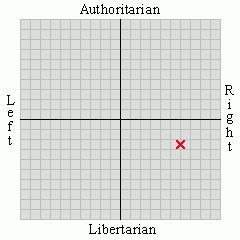
Although China was taken by surprise this week by the sudden outbreak of civil unrest in the vast region of Xinjiang, which is inhabited by the Turkic Uyghurs, the government reacted more quickly than it did following the March 2008 protests in Tibet. Images of the violence in Urumqi, Xinjiang's capital, transmitted by the state's broadcaster are careful to show only the Han Chinese that have been injured during the ethnic clashes. Evidently therefore, Beijing hopes to accelerate the nationalist movement of the Han against the Uyghurs. Xinjiang, like Tibet, has been subject to massive waves of Han immigration that have drastically altered the ethnic composition of the territory.
The Uyghur issue has never enjoyed the same visibility in the West as Tibet. The inhabitants of Xinjiang have failed to gain the same sympathies in Europe and the US as the Tibetan Buddhists because of their Islamic faith. Yet this Turkic population suffers from the Han domination as a form of colonial occupation. Pro-independence organisations refer to the region as 'East Turkestan', and are strongly supported by neighbouring populations in the former Soviet republics of central Asia. For Hu Jintao, the Uyghur issue will present obstacles to forming relations with the Islamic world, where China is hoping to expand its economic and strategic influence. Such ethnic issues also highlight China's imbalance between its economic development and the rigidity of its authoritarian system.

An Uyghur girl in Turpan, Xinjiang



No comments:
Post a Comment